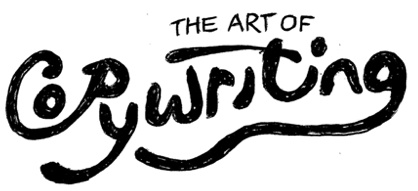
As we have seen earlier, the major innovation brought by Web 2.0 is that consumers now play a major role in mediating and even shaping the organisation’s communication. A business needs to turn this to its advantage by creating and sustaining a community of fans who can positively relay its brand image.
First listen
It starts first of all by knowing who your fans are, listening attentively to them to understand their concerns, expectations, and desires. A few years ago, companies like Dell and Kodak created a new marketing role: the chief listener.
Though few companies have adopted the job title, many have integrated the notion that having real and direct data about and from their customers is a key to successful online marketing. This includes monitoring customer feedback on all platforms and social networks.
Then, respond
Once you have the feedback, you must do your best to respond. This does not mean that you need to promise things that you will not be able to deliver. Instead, you need to show how hard you are trying. It may include giving a sneak peek at your business from the inside for instance.
In times of crisis, it also includes being able to respond as quickly as possible in as honest a manner as possible in your own words and voice. This means that you establish a direct line of communication with your customers rather than rely on mass media or a PR agency. You reduce the risk of delay as well as misunderstanding and distortion of your message.
Don’t forget to do the following:
- help people by providing useful unsolicited advice
- respond directly to questions
- thank those who express appreciation
- respond calmly and positively to criticism
Identify your best fans

You can motivate fans by congratulating and making regular offers to those who participate actively in your community. Ideally, after some time, fans will become proactive and will act as leaders and ambassadors of the brand by themselves. Successful brands are those who are able to create such a community of fans and sustain it over time.
Good moderation = good ambiance
The role of the community manager is still key as he/she is the one who ensures consistency and sets the tone and ambiance within that community (e.g. cool/relax, humouristic, technical, philosophical, etc.). The social media presence should be constantly monitored and moderation is crucial. A good moderator will not necessarily censor users’ comments (except for obvious breach of the country’s laws). Instead, he/she should be able to take heated comments calmly and provide rational and clear answers.
Work to do
Review your company’s social media presence with particular attention to your Facebook page. How could you improve your online communication and create positive communities of fans?












